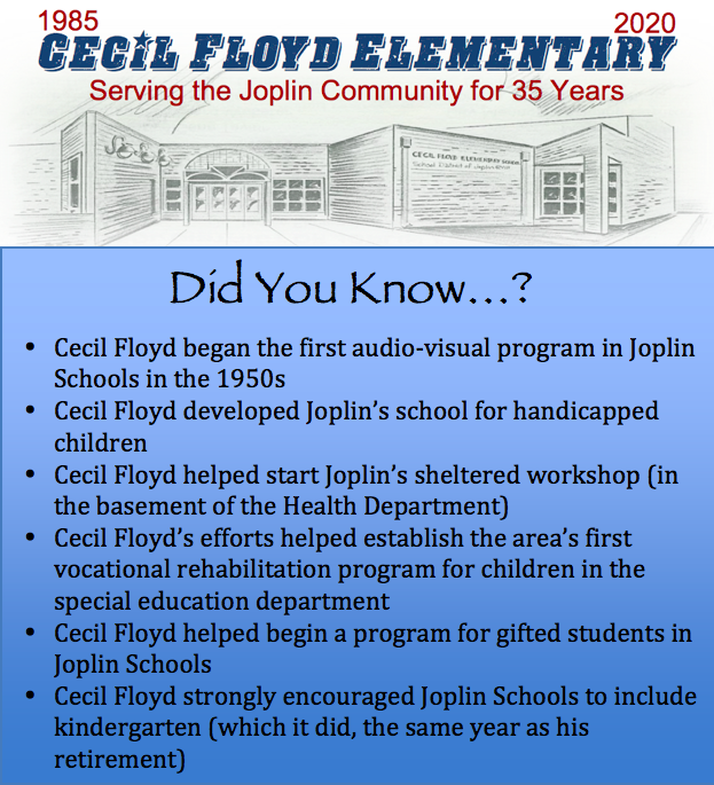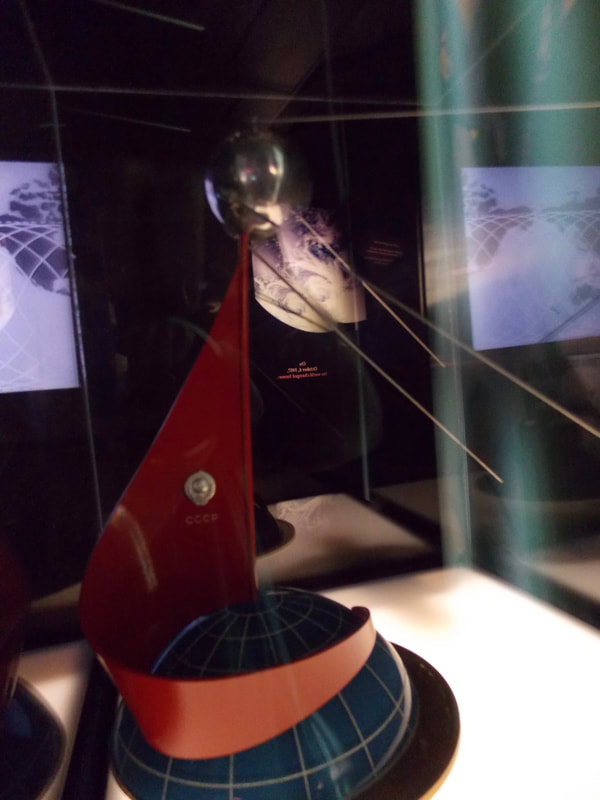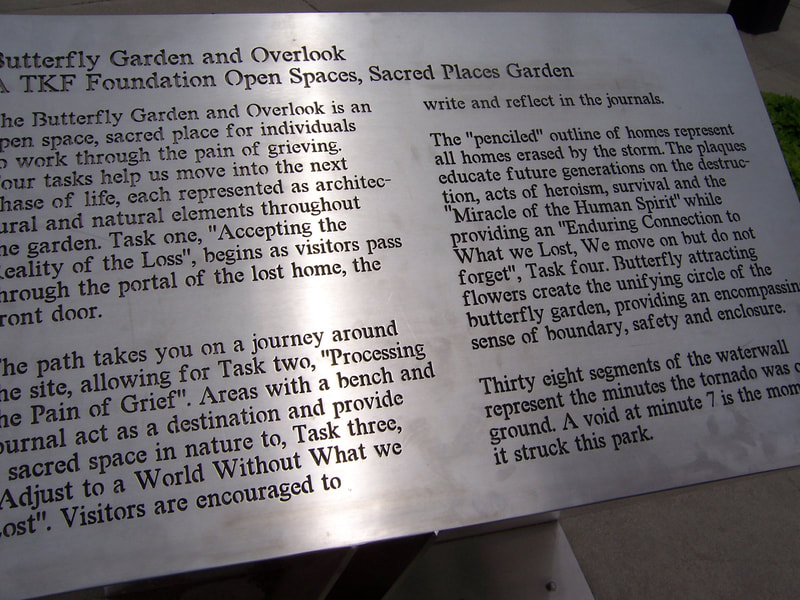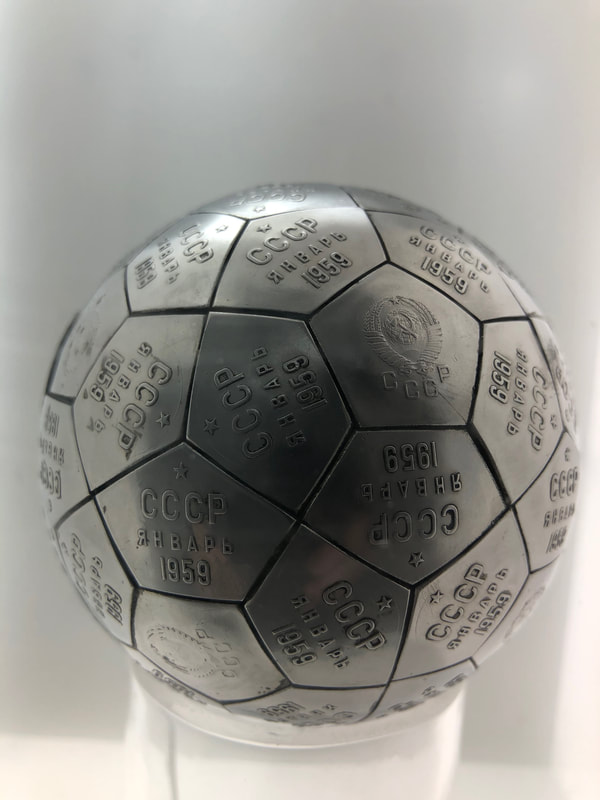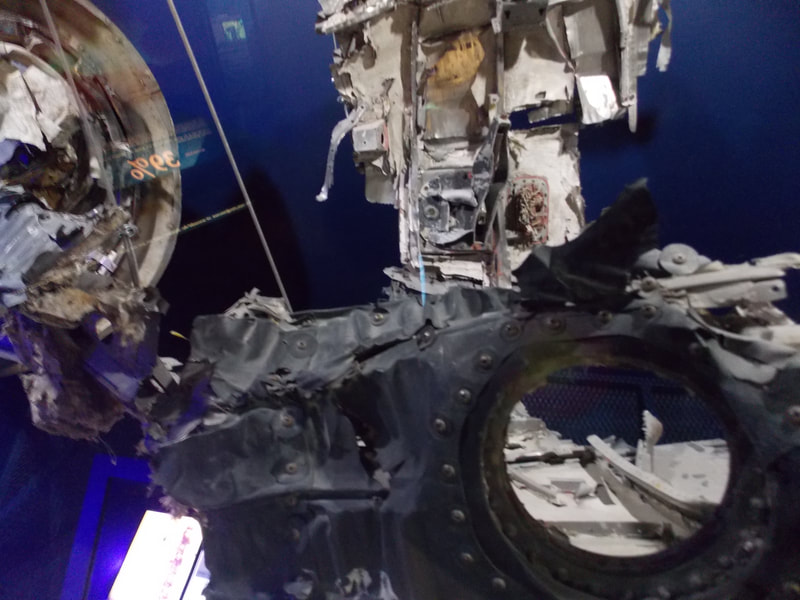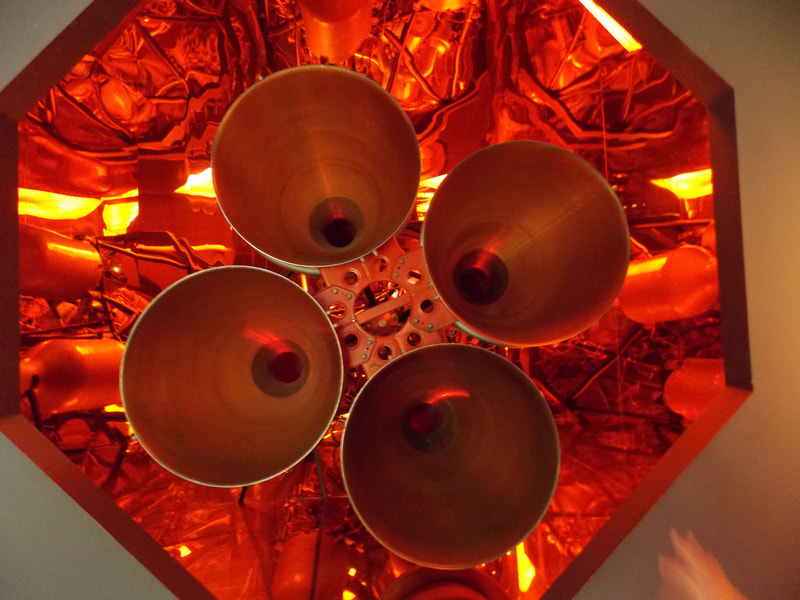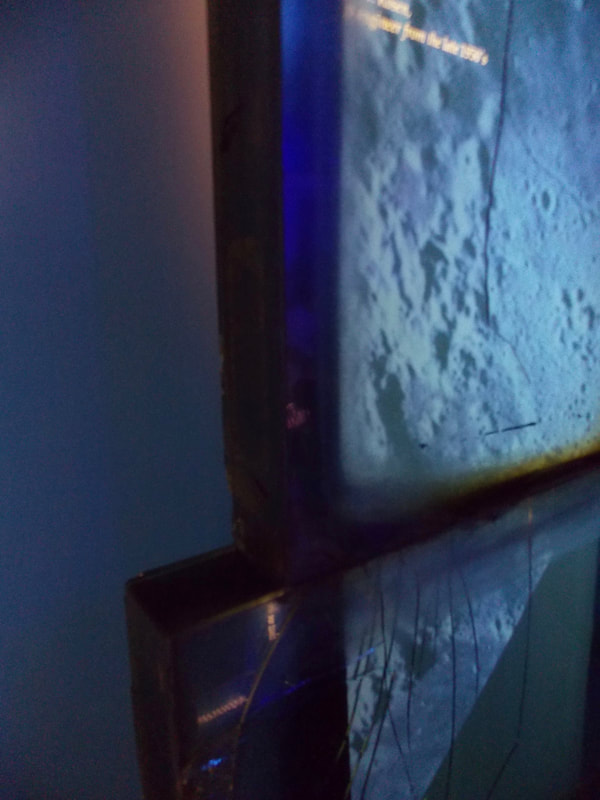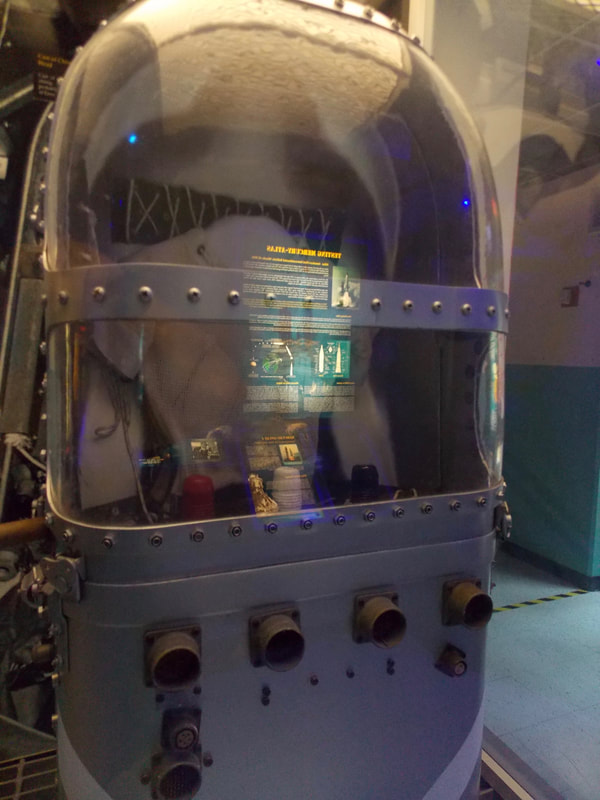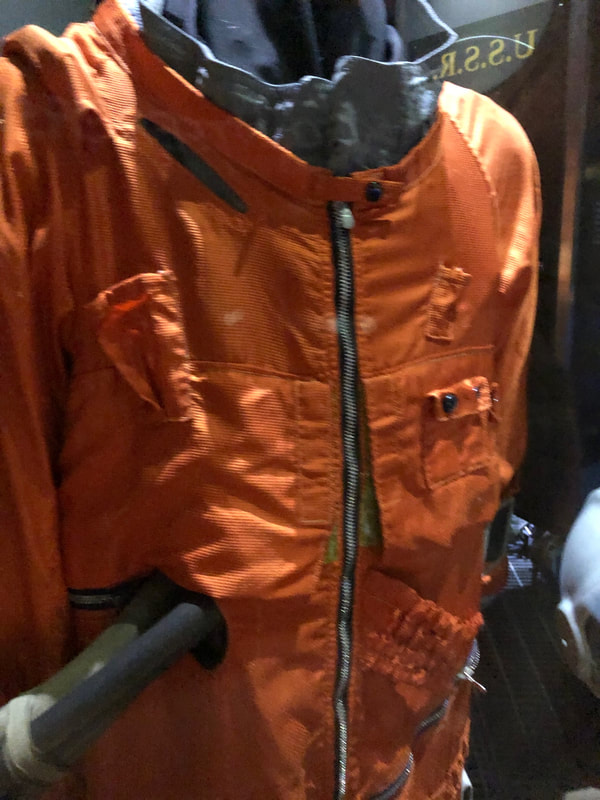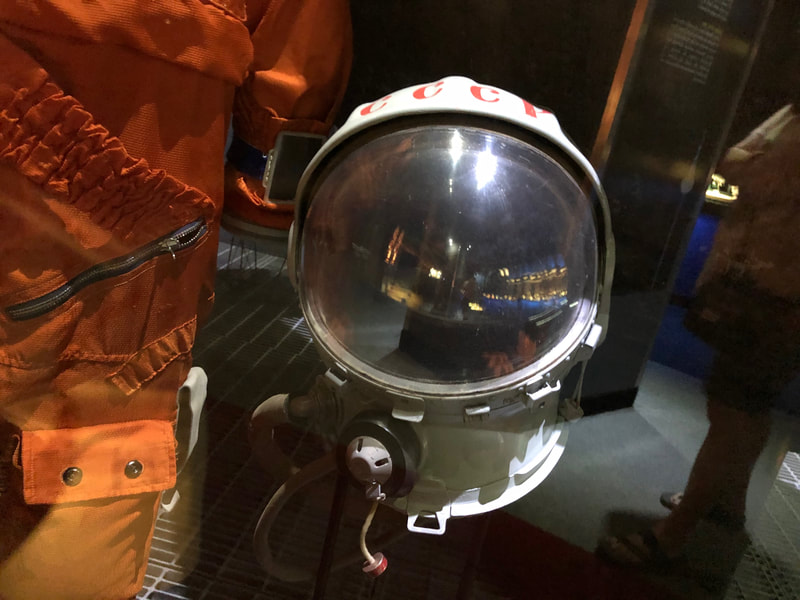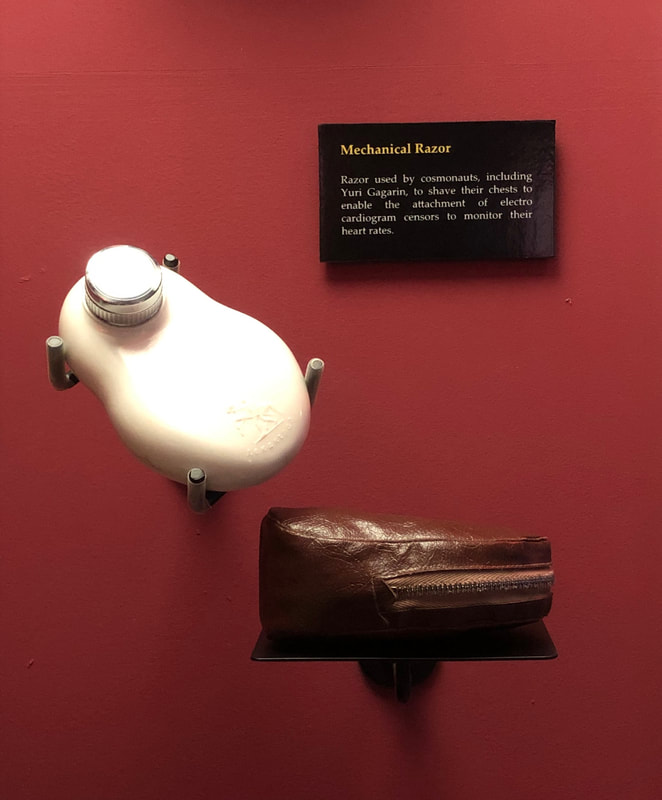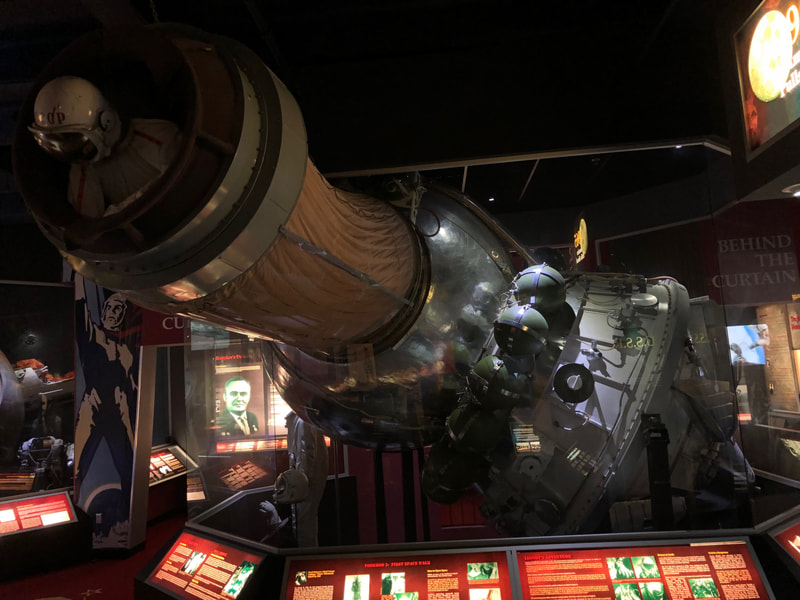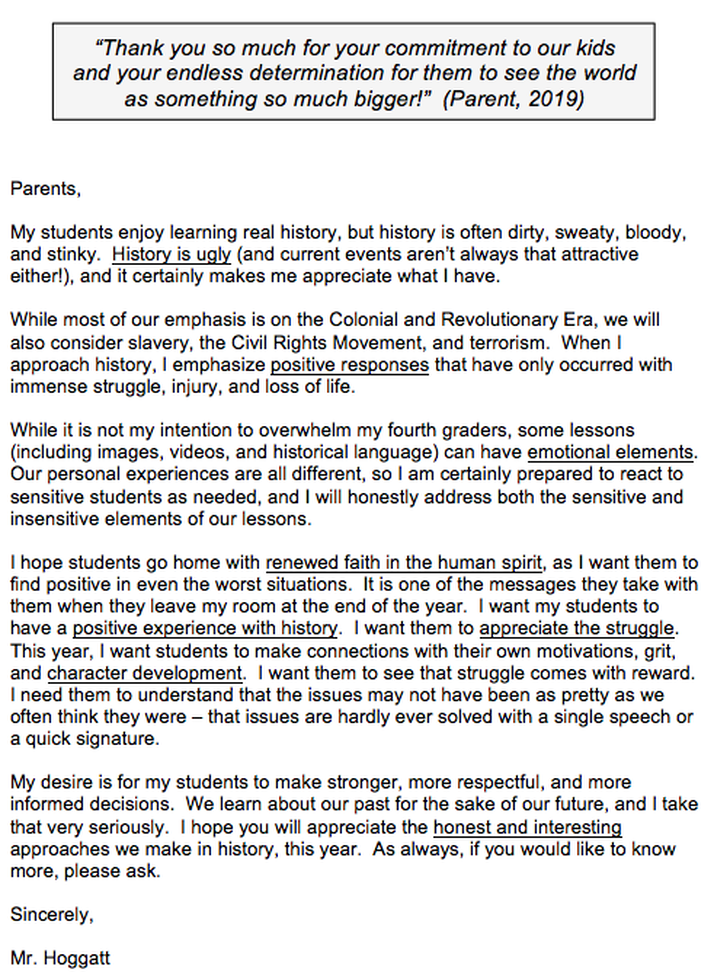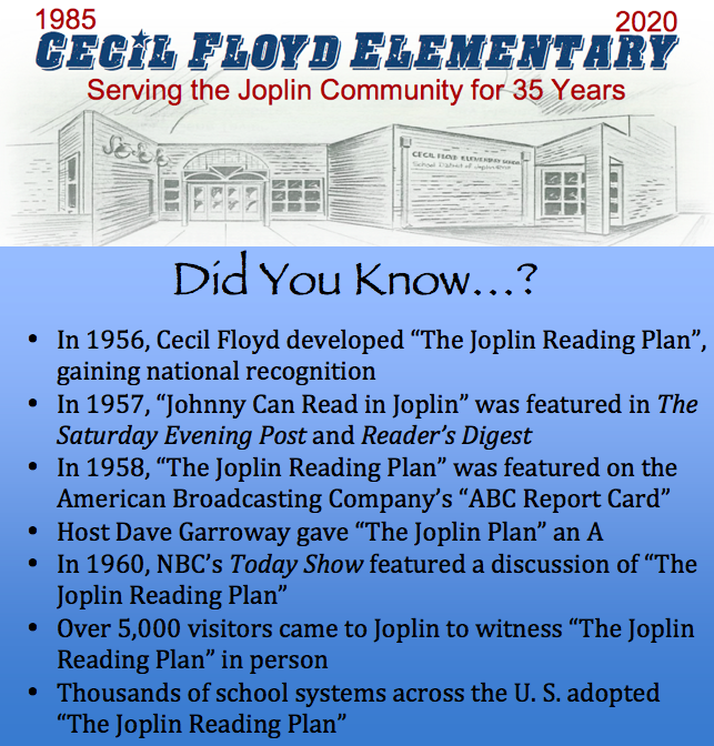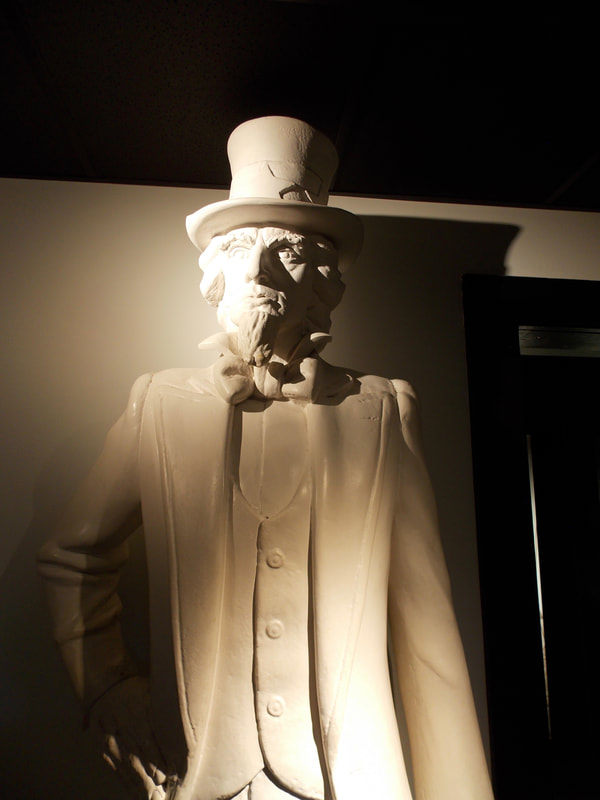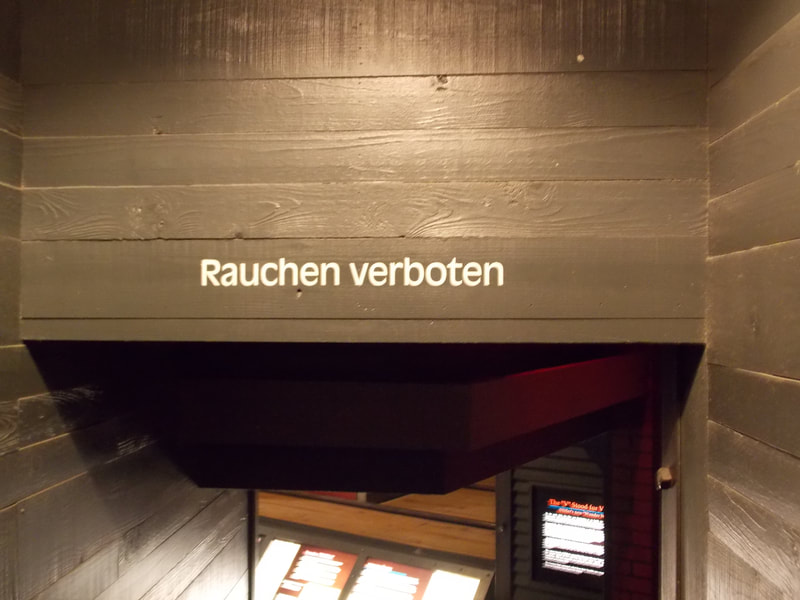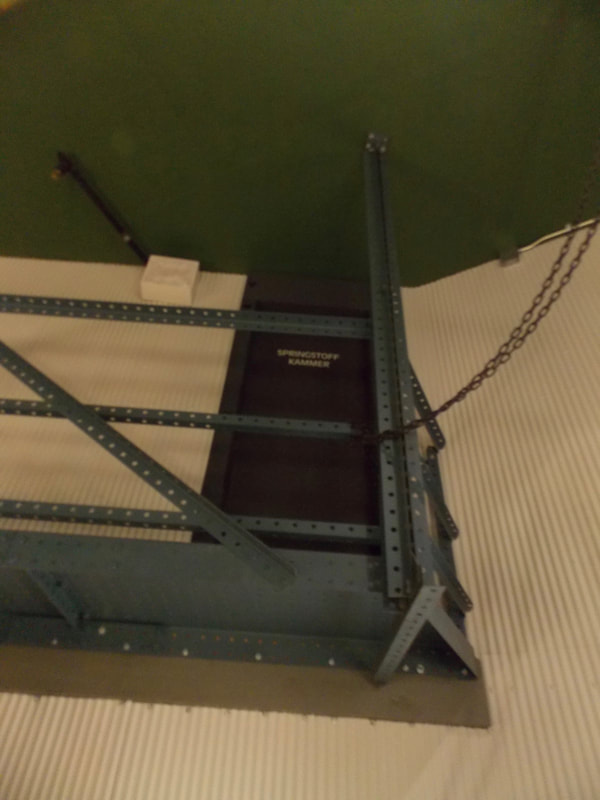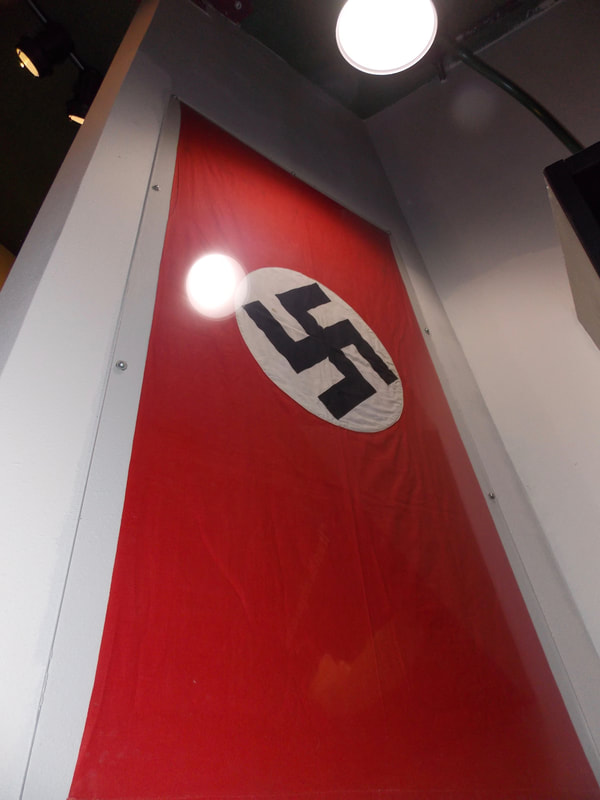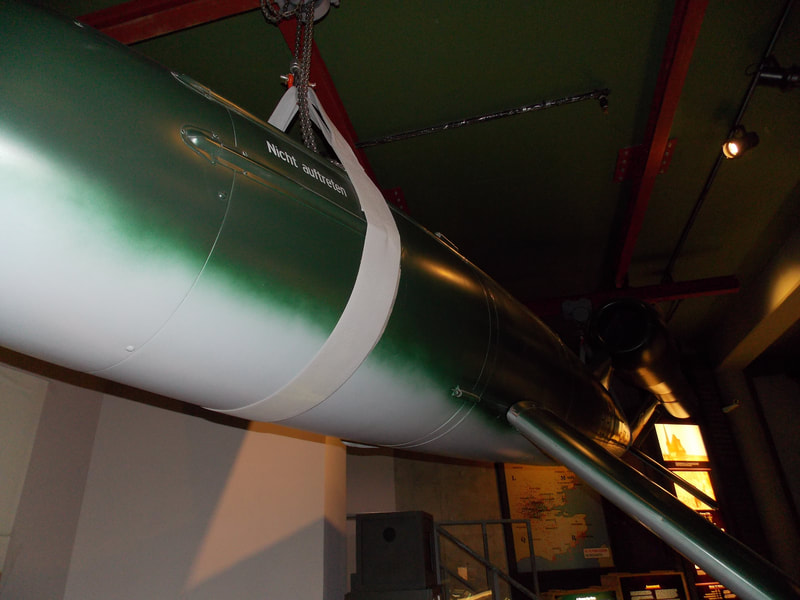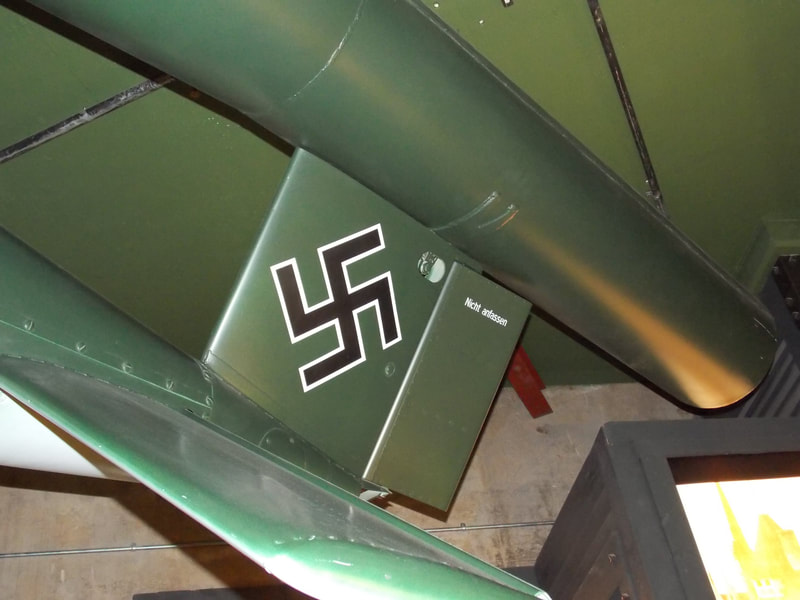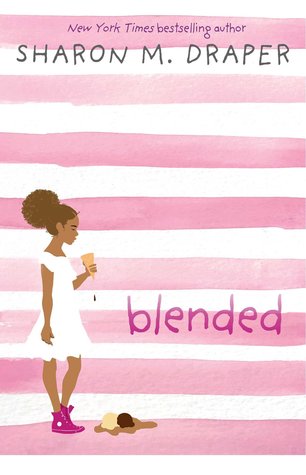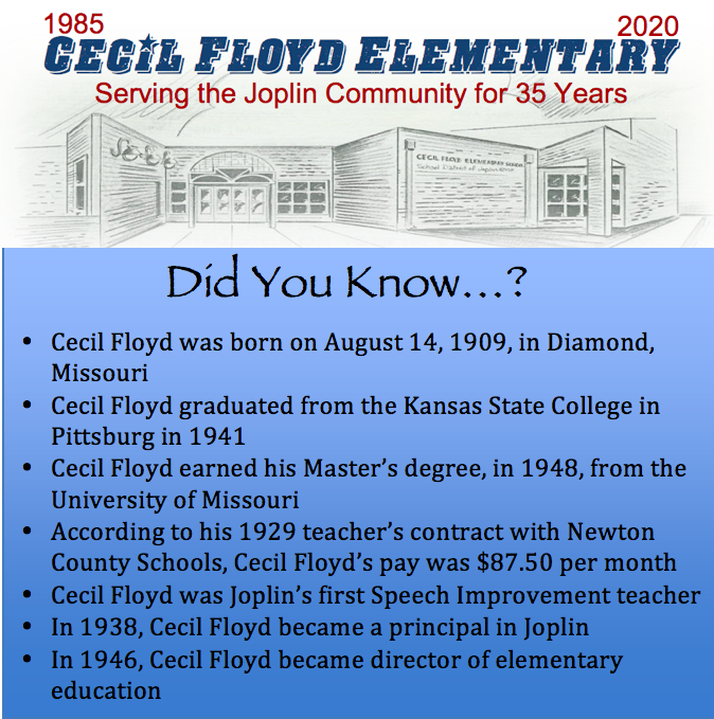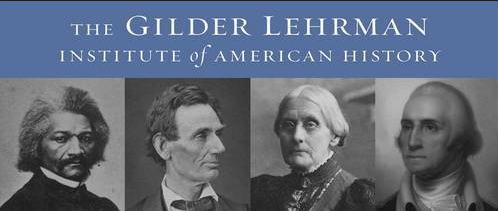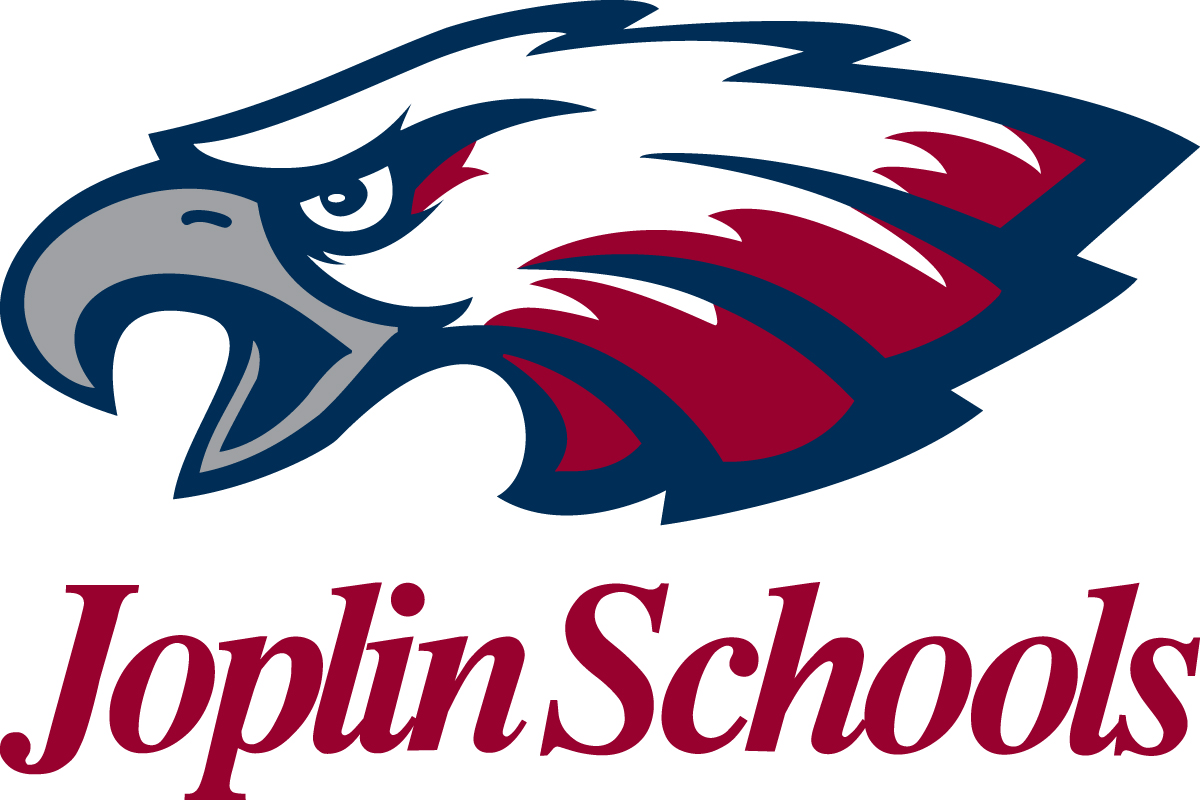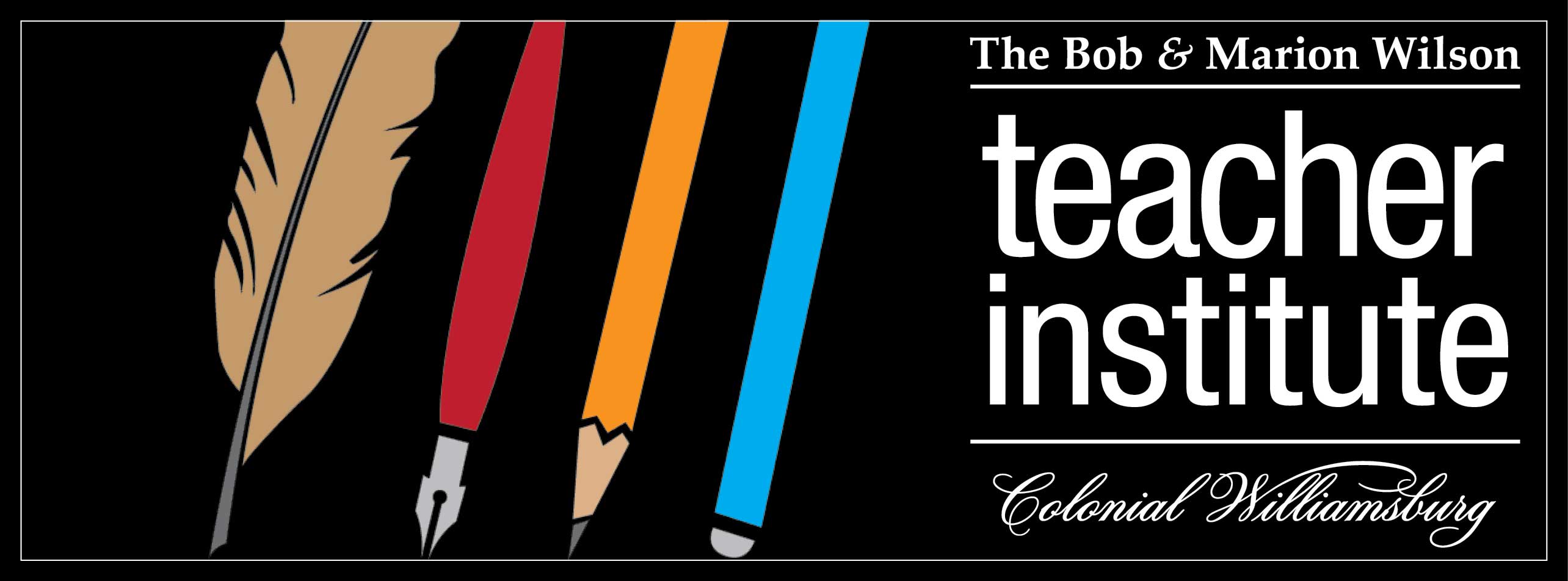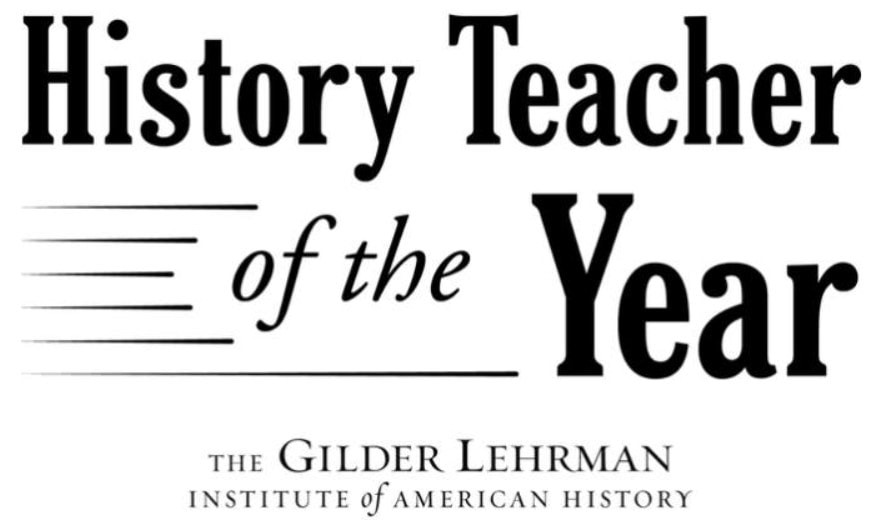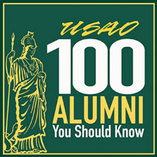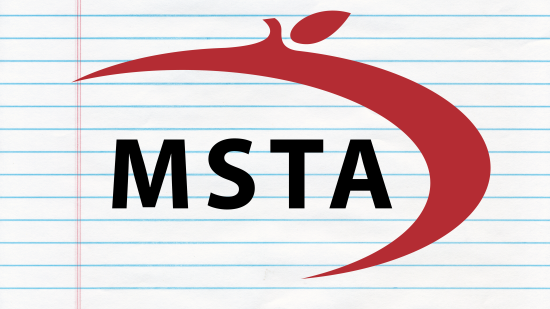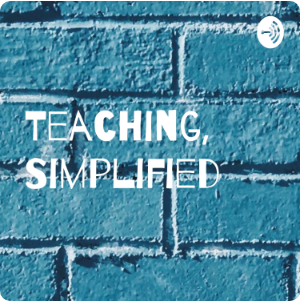Today, this school is better than ever.
|
The race was on! The United States and the Soviet Union were in a race to be the first in everything space-related. The Cosmosphere in Hutchinson, Kansas, has an extensive collection of artifacts documenting the Space Race. In fact, here is the most complete collection of Soviet artifacts outside of Russian itself. Here is a flight-ready backup of the first artificial satellite to successfully orbit the earth. Since Soviet President Nikita Khrushchev did not have access to Sputnik to show people, he had a scale model to with which he could demonstrate the satellite: this is also on display. The USSR also beat the United States in getting the first living creature into space. The living creature, Laika, was a dog who fit into the Sputnik II. Laika is also the only living thing from earth that has ever died in space, having overheated during her fourth orbit. Luna II is the first manmade item to impact the moon. This baseball-sized sphere gave the USSR yet another first in the race to putting a man on the moon. Clearly the Soviets were winning the contest. The item on display at the Cosmosphere is one of only five that were made. Enos was the United States' entry into getting a living creature into space. A trained chimpanzee was placed into the Mercury-Atlas 5 and launched. The difference between Laika and Enos, however, is that Enos made it back to earth alive. Sections of the German Wall, representing an ultimate division between the two superpowers of the day, are located at Cosmosphere. This room in the museum helped include broader historical context to the space race. That division kept the superpowers divided symbolically in Germany, but in reality the separation was made starker with every success. The Soviets lunged ahead again by launching the first man into orbit. This was Yuri Gagarin's only venture into the final frontier, but it forever launched him into the history books. Not only are Gagarin's space suit and helmet displayed at the Cosmosphere, but the very vehicle he rode in is also behind the glass. Other Soviet citizens traveled in Vostok pods, having to parachute to earth, separate from their vehicle, after reentry. These include the first woman in space, who did not know that she was pregnant at the time. This section of the museum was particularly fascinating to me, with so many actual artifacts on display. It was something I would never have imagined I would see. It was strange to me that such a collection of Soviet artifacts were in the United States, let alone in a small town in Kansas.
 This year is already different enough with CVD-19 flaring and virtual school being pursued by so many, but I have another observation for the record books. This year's crop of fourth graders in Joplin, Missouri, is mostly made up of children born during the year that followed the EF-5 tornado that interrupted our lives on May 22, 2011. That's an interesting fact, but that's not my observation. There is another drastic fact that goes along with this. When I look at the current population of our school, it's a little surprising. When the dust settles - when we know who has moved away over the summer and who has opted to go virtual for the first semester - I can make the following notation:
Do you notice what I notice? Some might have thought the storm would result in a higher population, but for some reason there were less children born in the months following the destruction. This observation, of course, does not reflect a deep scientific study that I've conducted, but it does seem like the two might be related. This year's class also has a reputation for being a supremely nice group of young people. If the population is a result of the storm, perhaps (generally speaking) there was something in the water following the tornado that resulted in calmer, gentler babies. But I digress. This means that we are planning to have three classes of fourth graders, this year, rather than the standard four that we usually maintain. Even then, our classes are smaller than usual (currently sitting between shy of 20 in each room. With Mr. Culbertson recently retired, that leaves us with three teachers anyway, but now Mrs. Mouton has decided to help with the virtual end of things, so the new teacher, Mrs. Graham, hired as an extra third grade teacher for 2020/1, will easily slip in as our third teacher in the fourth grade. Mrs. Stagner and I complete the staff roster for our grade level with the hopes that Mrs. Mouton will be able to return as our fourth for next year. I like to think on the brighter side of things, and I believe this year promises to be an extraordinary adventure for all of us. Today was supposed to be the first day of school, but with the new schedule, we still have a few days to wait. Here are some things this year's families may (or may not) be interested in:
I have some really awesome things planned for the year, starting on day one.
We are going to hit the ground running on Monday, August 24! I hope you’re as ready as I am.
Is curiosity good for you? Take a couple of minutes to watch this video: Now for some questions:
If what I say is true - history is ugly - then the first gallery we entered at Cosmosphere was a testament to that ugliness. This was the German gallery, displaying the time when Nazi Germany advanced rocketry and weaponry at an alarming rate. Cosmosphere houses one of the only complete sets of the V-1 and V-2 rockets in the world. The compelling pieces were the contextual panels that explained how the V-1 and V-2 were developed separately, in competition with one another. One came about faster than the other, and at a lower budget, due to the use of concentration camp prisoners who, under deplorable treatment and living conditions, were forced to do the dirty work of Hitler's force. The swastikas displayed on the rockets and in a nearby flag are chilling. Thankfully, they were displayed as a part of the historical context and not out of pride for the philosophy for which they stand.
Every year, for my position, I must view hours of training videos. Every year, those videos include such enjoyable subjects as child abuse, sexual abuse, discrimination in the workplace, discipline policies, threatening allergies, suicide awareness, confidentially, and suicide awareness. This year, coronavirus awareness is at the top of the list. Last year, one of the newer subjects was added: dyslexia. A part of this last subject caught my attention. In discussing intervention techniques for students who may have dyslexia, the video harkened back to our old friend, multiple Intelligences. Multiple Intelligences were all the rage 30 years ago, and I had some special training in the area when I was with the Oklahoma City Public Schools. I even trained district teachers in the subject for a while. In fact, when I plan my lessons, I do still think about the variety of learners and how they learn differently. In the training video about dyslexia that teachers watch, there is discussion of visual and auditory learning specifically. There was also mention of some students with dyslexia appearing to have attention problems. That reminded me of something that happened earlier in the day. As I was watching the training videos on a Sunday, I had preached for the church in Columbus, Kansas, that morning. The topic of my sermon was the wisdom of Solomon applied to his opinion of wealth. Almost a quarter of the congregation was children under the age of ten, and as they tend to do, some were sometimes restless through the greater part of the sermon - until I came to a narrative section describing King Solomon's intervention between two women who were having a disagreement, each claiming that a baby was her own. You may know the story: the two women come to the king to settle there dispute, and the king calls for a sword. He tells a servant to "divide" the baby in two and give each woman one of the halves. One woman is upset by the command: she tells the Solomon to let the child live, and give him to the other woman. The other woman has a different reaction that indicates that neither should end up with a living child. Solomon immediately knows that the first woman to speak is the baby's real mother. Problem solved.
What happened on that Sunday morning, from the pulpit's point of view, was that the children in the pews were restless as usual until I came to the narrative about Solomon. At that point, when the story began, I had every child's undivided attention. It didn't matter that they may not understand the implications of the Old Testament story: they were enthralled with its telling. It didn't matter if they were dyslexic or if they possessed attention deficits: their eyes were on me until the end. It didn't matter if they were defiant children (They aren't.) or had behavior disorders (They don't.): they paid attention to the narrative. It all then brought me deeper understanding of the training videos I played later in the day. My own consideration of different learning styles (Multiple Intelligences) and my 30 years of teaching kids 10 and under, have helped me develop a lesson delivery style that includes storytelling. Whether I am introducing myself at the beginning of the year, presenting a scenario for a science experiment, performing a read-aloud, or delivering a history lesson about the 17th or 18th centuries, I know that a little drama, some variance in my vocal inflection, more variety in the rate of speech, as well as the quality and the volume of my voice all come together to keep my class's attention and cater to many of their preferred methods of learning. Sometimes, a good story even breaks up our day with humor or emotion, even when its main purpose leaves the academic world for just a moment. I find it hard to teach, or preach, in one place, using a monotonous voice and reading from a script. Instead, I try to break free and bring lessons to life for my students. When it works, it works well, and the lesson is effective as well as memorable. It was refreshing to see the mention of Multiple Intelligences in the dyslexia training, and I know, with all the troubles in the world today, my students are going to thrive on the distractions of good stories as we enter the new school year. Here we go again: here's another nominee for this year's Mark Twain Award that hits upon current events. Now it's not fair to the author, but let's get this straight: it's not fun reading about these events on unsocial media, it's not enjoyable to watch the reports on the news, and I need a break.
That description is so misleading. The story here is harder hitting than the back cover promises. This is more than a kid story about shuffling between two houses. It's about a noose being left in the locker of a friend. It's about being asked to leave a clothing store. And it's police officers who make assumptions based on the color of people's skin. Clearly, this book takes a specific point of view.
I thought Blended was going to be about a girl dealing with identity issues, trading between people acting one way with her when she was with her white mom and people acting another way with her when with her black dad. It would have been interesting to see those differences. The book, however, talks more about the strained relationship her parents share in constantly trading custody. The story became more about divorce than race. And then, serious current events are interspersed into the story, but those didn't follow the idea of the girl being "blended" or coming from a blended family. If those were the point of the book - Black Lives Matter, police brutality, etc. - I wonder about the author's approach. I just wanted the story to take a single approach.
“So, first of all, let me assert my firm belief
that the only thing we have to fear is...fear itself -- nameless, unreasoning, unjustified terror which paralyzes needed efforts to convert retreat into advance. In every dark hour of our national life a leadership of frankness and of vigor has met with that understanding and support of the people themselves which is essential to victory" (Franklin Delano Roosevelt, First Inaugural, 1933). The school district provides a universal school supply list for all fourth graders in Joplin Schools. Since every teacher does not use supplies in the same way, I have changed the supply list for our class. In other words, do not buy everything on the district list; I have made some substitutions and omissions to save families money. Please note: due to current health cautions, I have changed a couple of items since the spring.  These items are from the district list, along with some changes in quantity:
Please pick up this additional purchase that is not on the district list:
 Do NOT buy these items from the district list:
Please note the specifics on the list.
Keep things simple, though: it is not necessary to purchase anything “special” for your child, and there is no need to put names on anything. |
AnthemThe Hoggatteer Revolution
is an extensive, award-winning, inimitable, digital platform for Encouraging and Developing the Arts, Sciences, and honest Christianity in the beautiful, friendly LAND OF THE FREE AND THE HOME OF THE BRAVE This site is described as
"a fantastic site... chockablock full of interesting ideas, hilarious anecdotes, and useful resources." 
...to like, bookmark, pin,
tweet, and share about the site... and check in regularly for new material, posted often before DAWN'S EARLY LIGHT! History in ResidenceElementary Schools: Bring Mr. Hoggatt into your classroom for a week of engaging and rigorous history programming with your students. LEARN MORE BUILDING BETTER
|
